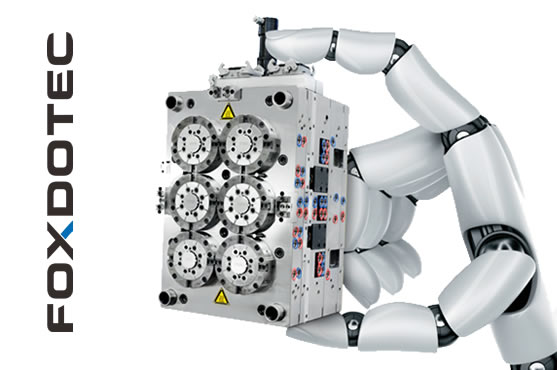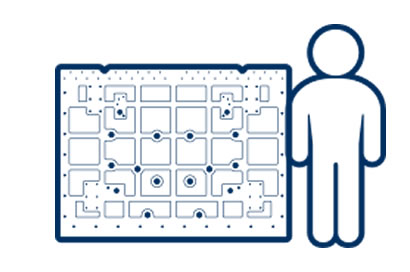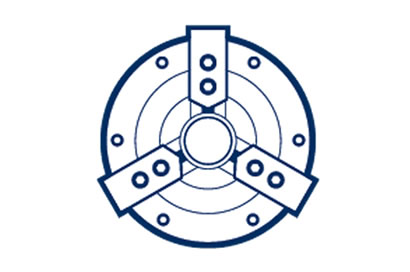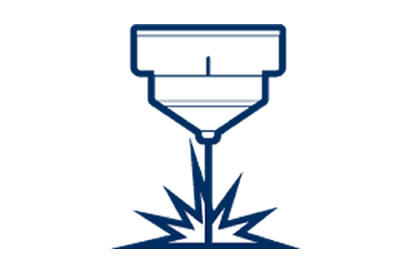Pefect Mold Components
Precision meets perfection with our Mold Components! Engineered with meticulous attention to detail, our components ensure seamless integration and optimal performance in every mold. Say goodbye to compromises and hello to reliability. Elevate your molding projects with our premium Mold Components. Experience excellence at every turn—choose us for your molding needs!
Mold Components
What is Mold Components?
Mold components are the individual parts and elements that make up a mold used in manufacturing processes such as injection molding, blow molding, and casting. These components work together to form the mold cavity and core, shaping the raw material into the desired final product.
Some common mold components include:
- Cavity and Core: These are the main components of the mold that define the shape and features of the final product. The cavity is the void into which the material is injected, while the core forms the interior surfaces of the part.
- Inserts: Inserts are additional components placed within the mold cavity or core to create specific features or details in the final product. They may be removable or permanently fixed in place.
- Sprue, Runner, and Gates: These components control the flow of material into the mold cavity. The sprue is the main channel through which material enters the mold, while the runner distributes the material to multiple cavities. Gates are openings that control the flow of material from the runner into the cavity.
- Ejector Pins: Ejector pins are used to push the finished part out of the mold cavity once it has solidified. They are typically located on the side or bottom of the mold and are activated by ejector mechanisms.
- Cooling Channels: Cooling channels are incorporated into the mold to regulate the temperature of the material during the molding process. Proper cooling is essential for achieving uniform part quality and minimizing cycle times.
- Venting System: Venting systems allow air and gases to escape from the mold cavity during the injection process, preventing air traps and ensuring complete filling of the cavity.
- Slide and Lifter Mechanisms: Slide and lifter mechanisms are used to create undercuts or complex features in the final product that cannot be formed with a simple mold design. They allow for the removal of the part from the mold without damaging the mold or the part.
- Guide Pins and Bushings: Guide pins and bushings ensure proper alignment and registration of the mold halves during the molding process, allowing for accurate and repeatable production.
These are just a few examples of mold components, and the specific components used in a mold will vary depending on the requirements of the final product and the manufacturing process. Each component plays a critical role in the overall function and performance of the mold.
Precision Injection Mold


How to make precision mold components?
Precision Mold Components
To achieve precision mold components, follow these steps:
- Thorough Planning: Start with thorough planning, including detailed design specifications and tolerances for each component. Consider factors such as part geometry, material properties, and production requirements.
- Material Selection: Choose high-quality materials with suitable properties for the intended application. Common materials for precision mold components include tool steels, stainless steels, and high-performance alloys.
- Advanced Machining Techniques: Utilize advanced machining techniques such as CNC (Computer Numerical Control) machining, EDM (Electrical Discharge Machining), and precision grinding to achieve tight tolerances and surface finishes.
- Tight Quality Control: Implement rigorous quality control measures throughout the manufacturing process to ensure consistency and accuracy. Use precision measurement tools such as CMMs (Coordinate Measuring Machines) to verify dimensions and tolerances.
- Surface Treatment: Consider surface treatment processes such as polishing, coating, or plating to enhance surface finish, durability, and corrosion resistance of the mold components.
- Assembly and Testing: Assemble the precision mold components carefully, ensuring proper alignment and fit. Conduct thorough testing and validation to verify functionality and performance.
- Continuous Improvement: Continuously evaluate and improve the manufacturing processes based on feedback and lessons learned. Incorporate new technologies and best practices to enhance efficiency and quality.
By following these steps and paying attention to detail throughout the manufacturing process, you can produce precision mold components that meet the highest standards of quality and performance.

CNC Machining
CNC machining is a computer-controlled manufacturing process that utilizes pre-programmed software to dictate the movement of machinery and tools. This technology enables the precise cutting, drilling, and shaping of materials such as metal, plastic, and wood to create intricate components with high accuracy and consistency.
Read More
Precision Grinding
Precision grinding is a manufacturing process that involves the removal of material using abrasives to achieve extremely tight tolerances and surface finishes. used to produce components with intricate shapes, precise dimensions, and smooth surfaces. Precision grinding techniques include cylindrical grinding, surface grinding, and internal grinding.
Read More
Electrical Discharge Machining
Electrical Discharge Machining (EDM) is a non-traditional machining process that utilizes electrical discharges to erode material from a workpiece. It is particularly useful for machining complex shapes and hardened materials that are difficult to machine with conventional methods. EDM can achieve high precision and surface quality.
Read MorePrecision machining and manufacturing involve the use of advanced techniques and equipment to produce highly accurate and intricate components with tight tolerances. It requires expertise in machining processes, material properties, and quality control methods to ensure the production of high-quality parts for various industries.
Key Aspects of Understanding Injection Molds
- Design Principles: Understand the principles of injection mold design, including considerations for part geometry, material flow, cooling, and ejection.
- Materials and Construction: Explore the materials commonly used in injection mold construction, such as tool steel, aluminum, and beryllium copper.
- Manufacturing Techniques: Gain insights into the manufacturing processes used to produce injection molds, including machining, EDM, and CNC milling.
- Mold Maintenance and Repair: Learn about the importance of mold maintenance and preventive maintenance schedules to ensure the longevity and performance of injection molds.
- Tooling Standards and Regulations: Familiarize yourself with industry standards and regulations related to injection mold design and manufacturing.
- Advanced Technologies: Stay informed about advancements in injection mold technology, such as rapid prototyping, additive manufacturing (3D printing), and simulation software.
- Cost Considerations: Gain insights into the cost factors associated with injection mold production and learn about strategies for cost optimization.
- Case Studies and Best Practices: Study real-world examples of successful injection mold projects across various industries.
Key Aspects of Understanding Precision Machining
- Processes and Techniques: Explore the various precision machining processes and techniques, including turning, milling, drilling, grinding, electrical discharge machining (EDM), and others.
- Materials: Learn about the different types of materials commonly machined using precision techniques, such as metals (e.g., aluminum, steel, titanium), plastics, ceramics, and composites.
- Tooling and Equipment: Familiarize yourself with the cutting tools, machine tools, and equipment used in precision machining.
- Tolerances and Metrology: Gain insights into tolerance requirements and metrology techniques used to measure and verify part dimensions and surface characteristics.
- Design for Manufacturing (DFM): Explore principles of design for manufacturability (DFM) and how they apply to precision machining.
- Quality Assurance: Understand quality control measures and inspection techniques used in precision machining.
- Applications and Industries: Explore the diverse applications of precision machining across industries such as aerospace, automotive, medical, electronics, and tooling.
- Advanced Technologies: Stay informed about advancements in precision machining technology, including automation, robotics, additive manufacturing (3D printing), and advanced materials.
Precision machining and mold technical documents
Other Downloads
- Technical Parameter 3.9 MB
- Technical Drawing 1.8 MB
